An auxiliary heater is a comfortable feature and therefore some people ask themselves why it is still not standard equipment. When following this question, the first surprise is soon to be seen: modern diesel cars are already supplied with – half – an auxiliary heater at construction. Older cars and petrol cars still need to resort to solutions for retrofitting. Read in this article what to consider when installing an auxiliary heater.
Clean windshields, heated engine, and comfortable interior
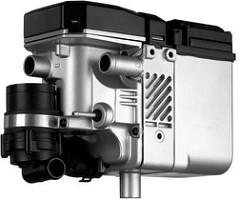 An auxiliary heater has numerous advantages. This small and practical device proves its usability in winter, in particular. It preheats the engine, warms the interior and melts the ice from the windshield without the need for starting the engine of the car. The auxiliary heater has its own burner. And here comes the good news: a preheating cycle requires only 0.1 – 0.3 litres of fuel. This amount is saved immediately by the preheated engine. Once installed, the auxiliary heater’s fuel consumption is negligible.
An auxiliary heater has numerous advantages. This small and practical device proves its usability in winter, in particular. It preheats the engine, warms the interior and melts the ice from the windshield without the need for starting the engine of the car. The auxiliary heater has its own burner. And here comes the good news: a preheating cycle requires only 0.1 – 0.3 litres of fuel. This amount is saved immediately by the preheated engine. Once installed, the auxiliary heater’s fuel consumption is negligible.
How does an auxiliary heater function?
The auxiliary heater consists of a pump, a burner, a blower and an extensive hose system plus wiring. The pump conducts the fuel to the burner where it is ignited. The hot air is conducted into the interior via the blower. Simultaneously the burner heats the coolant, causing the engine to heat up as well. This causes a considerably better cold start, sparing the engine.
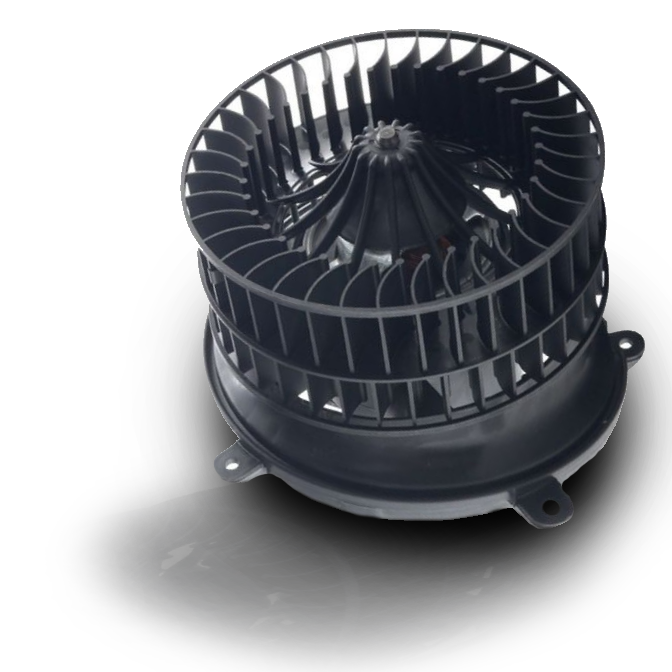
Cooling fanpriced from £17,37Available now ⇒ |
Why is an auxiliary heater good for the engine?
 Metal expands under influence of heat. Under cold condition, there is a certain play between the moving engine parts. This play causes rattling, causing excessive wear. Only when the engine reaches the optimal working temperature, the apertures between the parts close; this is called sliding fit. The power transmission does not occur abruptly, but smoothly.
Metal expands under influence of heat. Under cold condition, there is a certain play between the moving engine parts. This play causes rattling, causing excessive wear. Only when the engine reaches the optimal working temperature, the apertures between the parts close; this is called sliding fit. The power transmission does not occur abruptly, but smoothly.
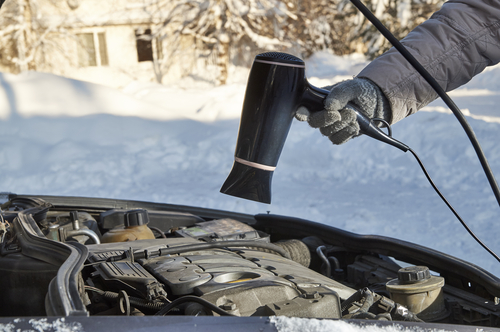 Without auxiliary heater the engine has to heat itself for a certain amount of time before it reaches its optimal temperature. During this time, the parts are not in their sliding fit. Furthermore, valves, levers and bearings have a hardened surface. If this surface wears of through abrasion, the internal wear progresses very quickly. The auxiliary heater preheats the engine, causing the parts to be in sliding fit when the engine starts. This is why this feature is so effectively beneficial for your engine.
Without auxiliary heater the engine has to heat itself for a certain amount of time before it reaches its optimal temperature. During this time, the parts are not in their sliding fit. Furthermore, valves, levers and bearings have a hardened surface. If this surface wears of through abrasion, the internal wear progresses very quickly. The auxiliary heater preheats the engine, causing the parts to be in sliding fit when the engine starts. This is why this feature is so effectively beneficial for your engine.
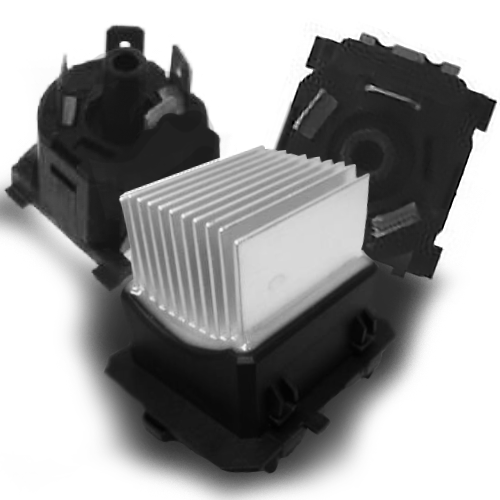
Blower motor resistor • Top pricescheaply up from £ 9,50Go to shop ⇒ |
Installation of an auxiliary heater
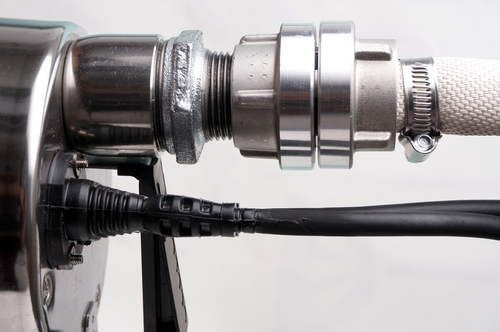 The numerous parts make the assembly of this module rather difficult. Therefore, the installation of an auxiliary heater is nothing for laymen. For professional implementation of this component, electrical wiring has to be installed anew and fuel lines need to be branched again. Therefore, it deserves careful consideration to start this installation. The installation of an auxiliary heater in a garage costs between 300 and 600 euro, the device not included.
The numerous parts make the assembly of this module rather difficult. Therefore, the installation of an auxiliary heater is nothing for laymen. For professional implementation of this component, electrical wiring has to be installed anew and fuel lines need to be branched again. Therefore, it deserves careful consideration to start this installation. The installation of an auxiliary heater in a garage costs between 300 and 600 euro, the device not included.
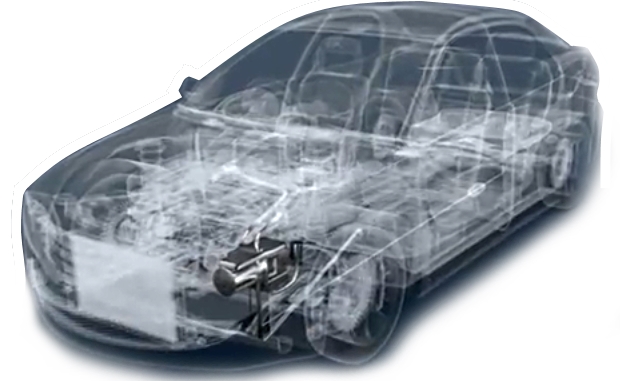 Especially simple and cheap is the retrofit of an auxiliary heater in modern diesel cars. The most recent generation of diesel engines do not produce as much residual heat as the older models. This reduces the fuel consumption and the exhaust of toxic components, but causes a longer time for the engine to reach optimal working temperature. Therefore, modern diesel engines are standard equipped with the burner and the pump of the auxiliary heater. They only need to be extended with the blower and the control unit. This sounds simple, but still is a bit of a challenge. The required knowledge and skills are very important. If you are not comfortable with new wiring of electric leads, it is better to leave the installation of the auxiliary heater to a professional service provider.
Especially simple and cheap is the retrofit of an auxiliary heater in modern diesel cars. The most recent generation of diesel engines do not produce as much residual heat as the older models. This reduces the fuel consumption and the exhaust of toxic components, but causes a longer time for the engine to reach optimal working temperature. Therefore, modern diesel engines are standard equipped with the burner and the pump of the auxiliary heater. They only need to be extended with the blower and the control unit. This sounds simple, but still is a bit of a challenge. The required knowledge and skills are very important. If you are not comfortable with new wiring of electric leads, it is better to leave the installation of the auxiliary heater to a professional service provider.
Foto: wbocksch, EsHanPhot, Italyan, Georgy Dzyura, Vladimir Tyutin, stockWERK, Nejron Photo / shutterstock.com




 (11 votes, average: 3.64 out of 5)
(11 votes, average: 3.64 out of 5)







